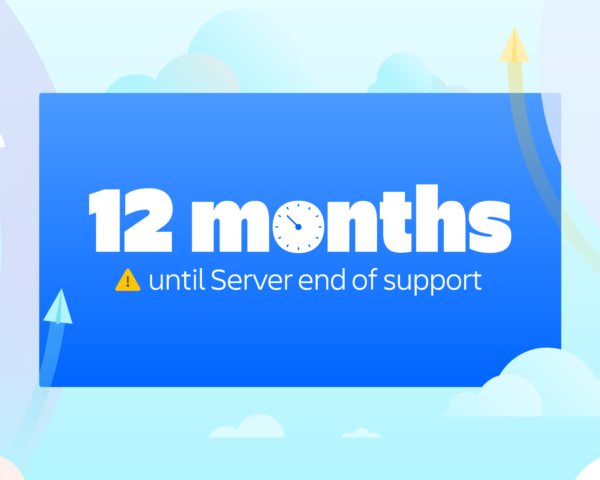Atlassian server is going away – now what?
Here’s how to plan your next steps.
In 2024, Atlassian is retiring our self-managed server offerings.
You probably already got the memo. We made the announcement in late 2020, and already many customers have started making big moves. Some migrated right away. Others are in the planning stages. And still others are taking a more measured approach, weighing their options.
If you’re in the latter group, here’s what you need to know about how to assess your options and plan for what comes next.
1. Know when your current license ends
The most pressing question right now is when does your current license end?
The answer will help you figure out your next steps. Do you need to renew your server license in order to buy yourself more time to plan for a migration? (If it expires next month, the answer is probably yes.) Or is your renewal far enough in the future that you can plan to migrate before it expires?
To make migration smoother, we’re offering a free cloud migration trial based on how long you have left on your server license. This means knowing when your license expires also gives you insight into how much time you have to explore cloud for free (you could have up to 12 months free).
2. Compare cloud and Data Center
There’s a reason Atlassian is cloud-first, a reason we’re investing the majority of our R&D in our cloud products.
Because we strongly believe that it’s the future.
It’s faster, more secure, better for scaling, more cost effective, and more remote-friendly. And with our current roadmap, we expect it to meet the needs for all customers by 2024.
Until then, some companies (particularly large enterprises) may need features that aren’t cloud-ready just yet — like HIPAA, BYOK, and FedRAMP compliance. For those companies, staying on their current server or Data Center license(s) might be the right move until these features debut on the cloud.
Other companies may benefit from Data Center by using it to do a phased migration, moving some users or products to the cloud right away and keeping others (especially those with special compliance needs) in Data Center until additional cloud features are available. This is what we refer to as a hybrid approach.
Cost is also a big factor in your decision.
Use our cloud savings calculator to understand the costs associated with your self-managed license and estimate how much it would be to transition to cloud. We’ve also built a personalized calculator to give you a side-by-side view of costs based on the server products you own.
Meeting all needs by 2024
We’re committed to making sure that cloud meets all customer needs before we retire server. This means by 2024, must-have features like HIPAA, BYOK, and FedRAMP compliance (among many others) are in the works and will be ready for customers before we end support for server.
3. Break your plan down into manageable steps
Once you’ve decided whether you’re all-in on cloud or need to migrate to Data Center first, it’s time to plan — which can feel a little daunting. After all, it’s hard to start on any project that feels big and undefined (and the first time you do a migration, that’s how it feels for many).
The good news is that there’s an easy fix for that overwhelmed feeling: break down your journey into the small, manageable steps you need to take (or delegate) to get you to your desired outcome (be it cloud or Data Center).
If you need to convince your leadership to get on board with cloud, the first step might be making a case for cloud. If you have apps in server and need to understand if (and how) they migrate to cloud, app assessment will be one of your early steps. If you have specific compliance or security needs, taking the time to confirm that cloud meets those requirements might be another early step you can take. And if you think you’ll need someone to help you with migration, checking out our Partners can be a good place to start.
If you aren’t sure what steps you need to take, our migration guide is a helpful place to start breaking things down.
4. Get help
We get that a migration is a big project – especially if you haven’t done one before – and we offer (and continue to build) resources designed to help you along the way:
- Bi-weekly migration demo featuring a live chat Q&A with our experts
- Step-by-step migration guide designed to help you break migration into small steps
- Server end-of-sale FAQs for answers about our 2024 server retirement
- Business case toolkit designed to help you make a case for cloud with stakeholders
- Cloud migration toolkit for a checklist and templates to ease your move to cloud
- Cloud roadmap, with a list of every new and improved feature that’s in the works
- The Atlassian Trust Center, where you’ll find info on all things security and compliance
We also have dedicated support teams focused on helping customers migrate and a community full of good advice.




